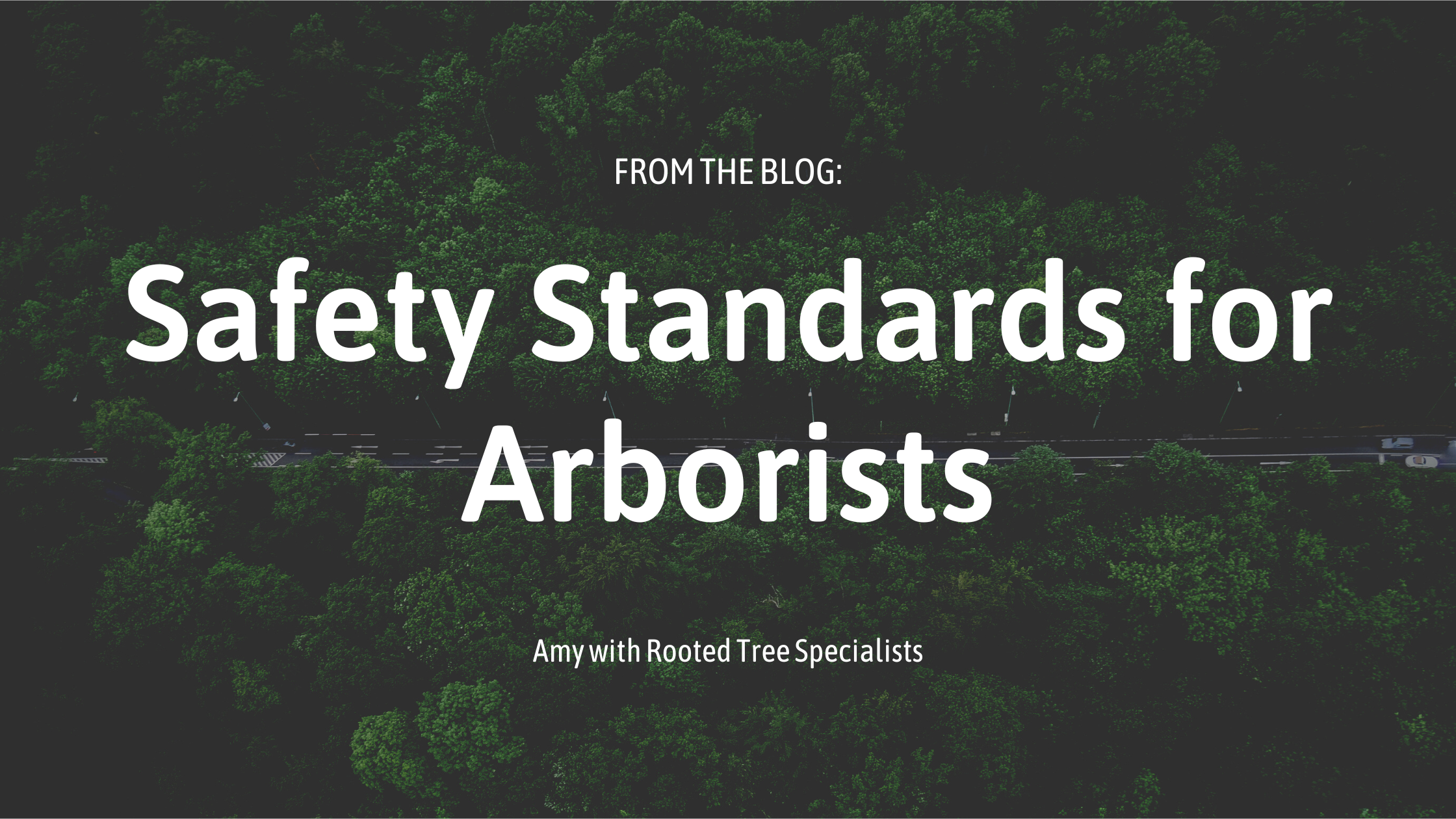Safety Standards for Arborists
A while back, I heard a forestry podcast regarding safety in arboriculture. It was by far the most safety-forward message I had heard in the tree-care industry since I can remember. I was fascinated. I was hooked. Stats. Equipment. Time. Life. It was captivating.
Does your company have an AED in the work trucks? Does your company have climbers’ tourniquets? Does your work have an updated First Aid kit in all work trucks? Better yet, does every crew member know where all of this stuff is at a moment’s notice? Do all crew members know the address of the job site, or were they just passengers?
The NAA hosted an incredible field day presentation this summer on safety standards. Questions were asked of the group, “How many companies have daily EAP meetings?” “How many have safety meetings?” Sadly, hardly any hands rose.
Search “safety standards” and “tree care” online–you will find hardly any articles. Why is this not discussed more frequently? We sacrifice our lives daily for the perfect-looking tree. We help the desperate client worried about a limb through their house. Yet, as the #2 most dangerous job–according to OSHA–we, as an industry, rarely discuss or follow proper safety procedures.
We must set standards for our upcoming arborists to show them that the hottest new training in the tree care industry is elevating safety standards. In the NAA summer’s field day exercise, we were challenged to discuss daily Emergency Action Plans, have an AED onsite and have tourniquets while climbing. We have one of the most dangerous jobs, yet you can drive by job sites around the city and see tree crews out without helmets, chaps, gear, traffic cones, or high visibility shirts. How can we remedy this for our future arborists?
We need to begin setting forth standards that become habits. As we do this, clients will realize the rewards of our extra care and concern. The more we explain this to our clients–that we value our safety and theirs more than the potential of damaging their grass–the higher standard we set for our community.
Additionally, the more we practice these safety standards daily, the more valuable we become as tree care professionals, not just people hired to remove a tree. How can we, as the tree care industry in Nebraska, begin to set forth new procedures that demonstrate to our community that we do not take shortcuts but value our community as a whole?
Let’s start changing that thought process and elevating our daily safety standards to showcase our incredible talents.

